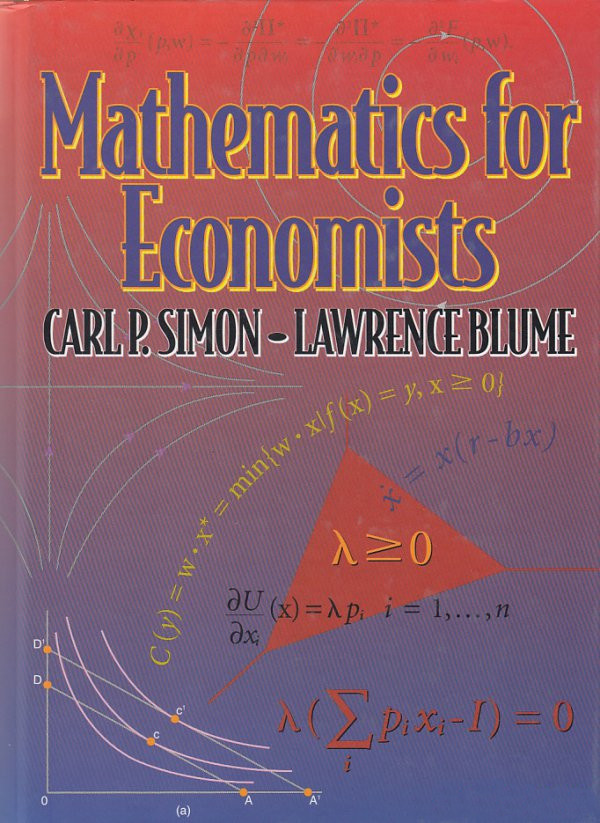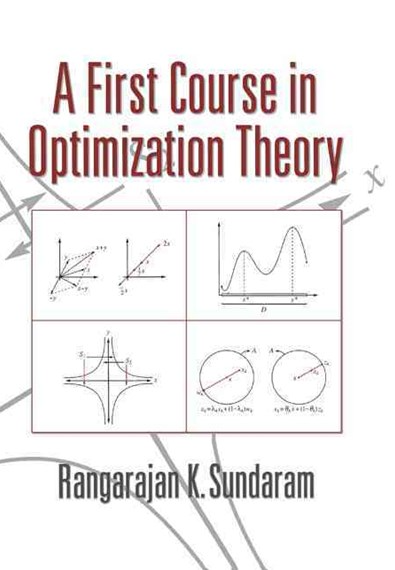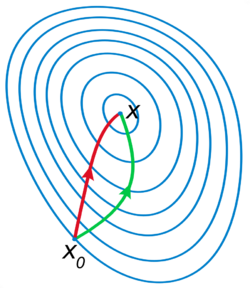📖 Introduction#
⏱ | words
Course title: “Optimization for Economics and Financial Economics”
Elective second year course in the Bachelor of Economics program ECON2125
Compulsory second math course in the Master of Economics program ECON6012
The two courses are identical in content and assessment, but final grades may be adjusted depending on your program.
Course prerequisites#
See Course overview and Class summary
What you actually need to know:
basic algebra
basic calculus
some idea of what a matrix is, etc.
≈ content of EMET1001/EMET7001 math courses
Focus?#
Q: Is this optimization or a general math-econ course?
A: Optimization will be an important and recurring theme, but the course has a lot more material on general mathematical modeling for economics.
How tutorials will be conducted?#
practical exercises
posted with the corresponding lecture
try to solve the exercises before the tutorial
exercises solved and discussed at the tutorial
participation is not mandatory but highly recommended
if you solve all tutorial excesses, you will be able to solve all practical problems in the exams
solutions posted a week after
Tutorials start on week 2
Where to send your questions#
Administrative questions: RSE admin
Bronwyn Cammack Senior School Administrator
Email: enquiries.rse@anu.edu.au
“I can not register for the tutorial group”
Content related questions: please, refer to the tutors
“I don’t understand why this function is convex”
Other questions: to Fedor
“I’m working hard but still can not keep up”
“Can I please have extra assignment for more practice”
Attendance#
please, do not use email for instructional questions
instead make use of the office hours
attendance of tutorials is very highly recommended
You will make your life much easier this wayattendance of lectures is highly recommended
But not mandatory
Lectures notes/slides#
Cover exactly what you are required to know
Code inserts are the exception, they are not assessable
In particular, you need to know:
The definitions from the notes
The facts from the notes
How to apply facts and definitions
If a concept in not in the lecture notes, it is not assessable
Assessments#
See index page
Definitions and facts#
The lectures notes/slides are full of definitions and facts.
Definition
Functions \(f: \mathbb{R} \rightarrow \mathbb{R}\) is called continuous at \(x\) if, for any sequence \(\{x_n\}\) converging to \(x\), we have \(f(x_n) \rightarrow f(x)\).
Possible exam question: “Show that if functions \(f\) and \(g\) are continuous at \(x\), so is \(f+g\).”
You should start the answer with the definition of continuity:
“Let \(\{x_n\}\) be any sequence converging to \(x\). We need to show that \(f(x_n) + g(x_n) \rightarrow f(x) + g(x)\). To see this, note that …”
Facts#
In the lecture notes/slides you will often see
Fact
The only \(N\)-dimensional subspace of \(\mathbb{R}^N\) is \(\mathbb{R}^N\).
This means either:
theorem
proposition
lemma
true statement
All well known results. You need to remember them, have some intuition for, and be able to apply.
Note on Assessments#
Assessable = definitions and facts + last year level math + a few simple steps of logic
Exams and tests will award:
Hard work
Deeper understanding of the concepts
In each question there will be a easy path to the solution
Reading materials#
“Mathematics for Economists” (1994) by Simon, C. and L. Blume
“A First Course in Optimization” (1996) Theory by Rangarajan Sundaram


See index page
readings are supplementary but will provide a more detailed explanation with additional examples.
each lecture will reference book chapters
Key action points for the administrative part#
Tutorials start next week, please register before the next lecture
Course content = what’s in lecture notes/slides
Lecture slides are available online and will be updated throughout the semester
Optimization is a recurring theme but not the only topic
What is economics?#
Economists try to explain social phenomena in terms of the behaviour of an individual who is confronted with scarcity and the interaction of that individual with other individuals who also face scarcity. This is perhaps best captured by Malinvaud’s definition of economics:
“· · · economics is the science which studies how scarce resources are employed for the satisfaction of the needs of men living in society: on the one hand, it is interested in the essential operations of production, distribution and consumption of goods, and on the other hand, in the institutions and activities whose object it is to facilitate these operations.” (Italics in original.)
– (From page one of [Malinvaud, 1972].)
Note
A definition of economics along these lines (that is, one that emphasises the importance of scarcity) can be traced back at least as far as Lord Lionel Robbins’ justifiably famous “essay on the nature and significance of economic science”. Chapter one of this essay contains a very nice discussion of the definition of economics and its history.
The first edition of this essay was published in 1932.
The third edition of this essay was published in 1984.
The importance of constrained optimisation#
Given that scarcity is the defining feature of economics, it should not be surprising that constrained optimisation plays a central role in economic analysis. Indeed, constrained optimisation is very much a “bread and butter” skill for economists. It would difficult to make a living as an economist without some knowledge of constrained optimisation techniques.
According to [Ausubel and Deneckere, 1993] (p. 99):
“Almost every economic problem involves the study of an agent’s optimal choice as a function of certain parameters or state variables. For example, demand theory is concerned with an agent’s optimal consumption as a function of prices and income, while capital theory studies the optimal investment rule as a function of the existing capital stock.”
The three main components of mathematical economics#
Takashi Kunimoto (Unpublished lecture notes on mathematical economics, 18 May 2010, page 6) notes that, according to Rakesh Vohra (2005, Preface), the three core technical components that underlie much of economic theory are as follows.
Feasibility questions
Optimality questions
Equilibrium (fixed-point) questions
One of the main tasks of mathematical (micro-) economics is the provision of techniques to represent, analyse, and answer these three questions (and various other related questions).
Optimisation in economics: motivational quotes#
“For since the fabric of the universe is most perfect and the work of a most wise Creator, nothing at all takes place in the universe in which some rule of maximum or minimum does not appear.”
– Leonhard Euler in the introduction to De Curvis Elasticis, Additamentum 1 to Methodus inveniendi lineas curvas maximi minimive proprietate gaudentes, sive Solutio problematis isoperimetrici latissimo sensu accepti (1744).
“Constrained-maximization problems are mother’s milk to the well-trained economist.”
– From page 88 of Caves, Richard E (1980), “Industrial organisation, corporate strategy and structure”, The Journal of Economic Literature 18(1), March, pp. 64–92.
“The very name of my subject, economics, suggests economizing or maximising. · · · So at the very foundations of our subject maximization is involved.”
– From page 249 of Samuelson, (1972), “Maximum principles in analytical economics”, The American Economic Review 62(3), June, pp. 249–262. This journal article is the text of Paul Samuelson’s Nobel Memorial Prize Lecture from 11 November 1970.
